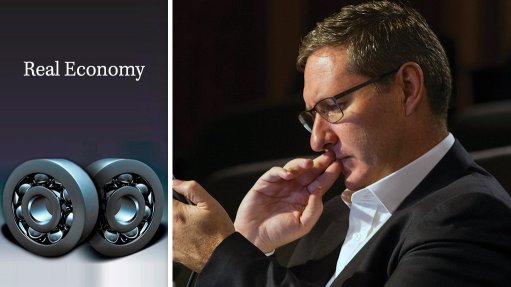
It has taken nearly ten years – and counting – for South Africa to update its Integrated Resource Plan (IRP) for electricity. The draft document is currently wending its way through the final, excruciating stages of a revision process that has been under way since August. Some adjustments will be made, but the final document is unlikely to contradict the draft’s core technoeconomic assessment that a combination of solar photovoltaic, onshore wind and flexible generators represents the cheapest new-build scenario for South Africa.
Given the important role that coal has played, and continues to play, in the country’s electricity mix, this outcome is not only remarkable, but also game changing. By implication, the country’s electricity system will transition from being led by a dirty, thirsty and an increasingly unbankable energy carrier to one that is cleaner, less water intense and, thanks to substantial technology cost reductions, free of any financial penalty.
Baseload coal and the centralised electricity supply model that has undergirded the country’s development for decades will, over time, make way for a more decentralised system. Variable renewable- energy plants, both large and small, will generate the bulk of the country’s electrical energy, supported by a range of flexible generation technologies that will ensure stability when the sun isn’t shining and the wind isn’t blowing. These flexible solutions will not be confined to gas-fired power stations. Battery energy storage will play an increasingly important role on an intraday basis, while pumped hydro and concentrated solar power plants will help with intraweek balancing. In the longer run, hydrogen fuel cells could begin to replace the gas-fired plants to address intramonth or seasonal variations.
The spatial implications of such a transition are also material. The current centralised model concentrates electricity generation primarily in the north-eastern regions of the country and the coal-rich Mpumalanga province more specifically. Over the next few decades, this geographic concentration will be diluted.
In short, the IRP is providing critical visibility of the changes that will take place over the coming decades. It does not offer a roadmap, though, for addressing the social and economic impacts on those workers, communities and industries aligned with the current system.
While some are dismissive of any suggestion that a just energy transition is possible, there are three reasons why South Africa cannot and should not adopt such a stance. For one, the country’s serious unemployment and poverty problems make it politically unthink- able for government not to explore ways to support vulnerable workers and communities. Secondly, the relatively long-cycle nature of the electricity transition, which will take decades to unfold, makes planning possible and provides time for mitigation actions to be effective. Thirdly, case studies internationally point to there being net employment gains when regions or countries invest in renewable energy ahead of coal.
It has become urgent for government to take the lead in initiating a stakeholder-rich process through which interventions can be identified, programmes agreed and implementation monitored. Unless and until such action is taken and alternatives presented, it would be irrational in the extreme to expect unions to become champions of the transition.